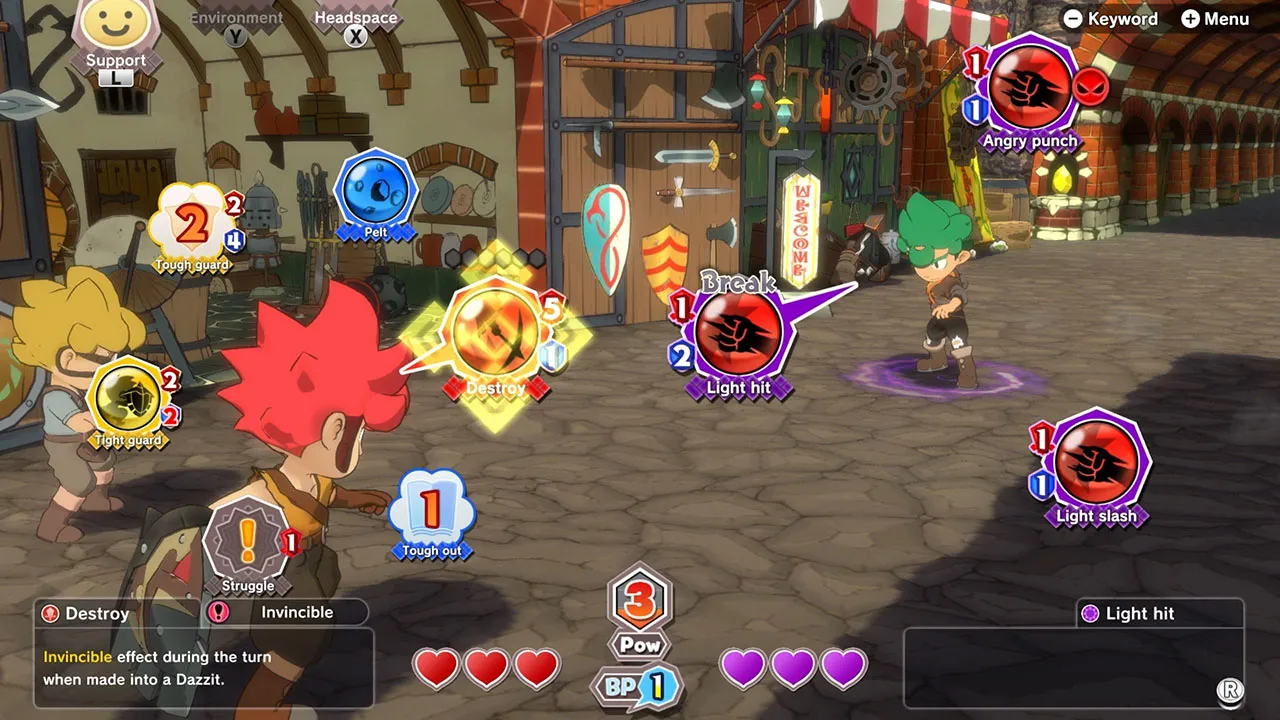
Little Town Hero: A Charming RPG with a Unique Combat System
Contents
The world of gaming is vast and varied, but few franchises hold the global appeal of Pokémon. Game Freak, the studio behind the iconic series, has largely dedicated itself to the Pokémon universe. So, when Nintendo announced “Town,” a brand new IP from Game Freak, at E3 2018, it sparked considerable interest. This anticipation culminated in the official unveiling of Little Town Hero at E3 2019, with a surprisingly swift release date of October 16, 2019. While initially perceived as a warm-up act for the impending Pokémon Sword & Shield, Little Town Hero offers a unique experience that defies expectations. This review delves into the game’s distinctive strengths and weaknesses.
 Axe wielding main character of Little Town Hero
Axe wielding main character of Little Town Hero
A Quirky Yet Engaging Gameplay Loop
Little Town Hero transports players to a quaint, isolated village, peacefully detached from the outside world. The villagers are forbidden to leave the castle walls, warned of monstrous dangers lurking beyond. This, of course, only fuels the protagonist’s, a curious young boy, desire for adventure. Players spend much of their time navigating this small town, interacting with charming NPCs, and completing minor tasks—standard fare for a J-RPG. However, this tranquility shatters with the arrival of ferocious monsters, threatening the village’s peace. Our young hero, along with his companions, must defend their home, employing unconventional combat methods.
Battles in Little Town Hero are turn-based, consisting of two phases: combat and movement. Before each turn, both the player and the enemy generate “Ideas,” categorized by color: red for attack, yellow for defense, and blue for support. Players utilize an “energy” meter to activate these Ideas, similar to Clash Royale’s elixir system. Each red/yellow Idea has attack and defense stats. The player chooses an Idea to counter the enemy’s. Successfully countering an enemy Idea “Breaks” it. Breaking all enemy Ideas in a turn triggers an “All Break” state, allowing the player to directly damage the enemy with remaining red Ideas. If no red Ideas remain, the player earns BP, used to refresh or acquire new Ideas.
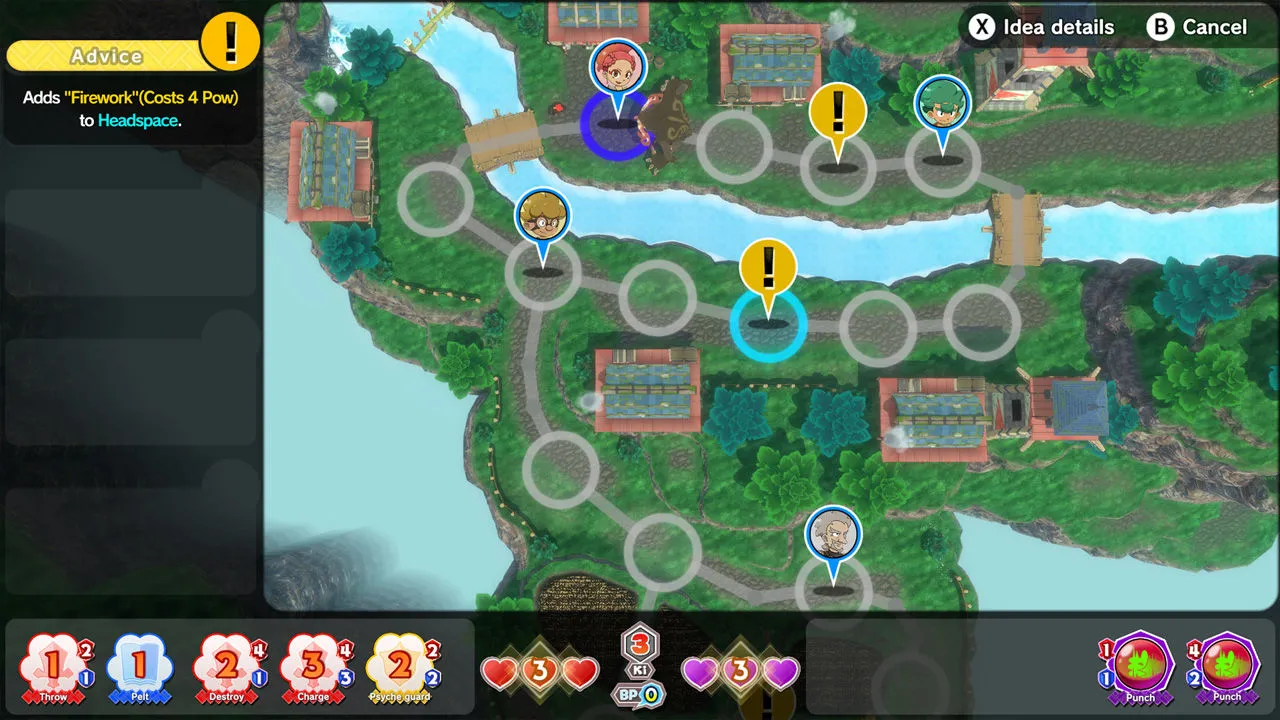 Combat screenshot of Little Town Hero showing the Idea system
Combat screenshot of Little Town Hero showing the Idea system
After each turn, players change their battle location on a top-down map of the town and surrounding areas. Movement is determined by a dice roll. Landing on a space occupied by allies, such as friends or villagers, provides support, offering new Ideas or hindering the enemy. The combat system essentially resembles a Trading Card Game (TCG). The “Idea” pool acts as the deck, Ideas drawn each turn form the hand, and energy represents the cost to play Ideas. Red and yellow Ideas function as monster cards with attack and defense stats, while blue Ideas are support cards.
A Unique and Appealing Art Style
Historically, Pokémon games, primarily released on Nintendo handhelds like the Gameboy, NDS, and 3DS, haven’t prioritized graphical prowess. However, with the Nintendo Switch’s more powerful hardware, exclusive titles have seen significant graphical improvements. Game Freak demonstrated its adaptability with Pokémon Let’s Go Pikachu/ Eevee. Little Town Hero benefits from this evolution, boasting a polished 3D presentation.
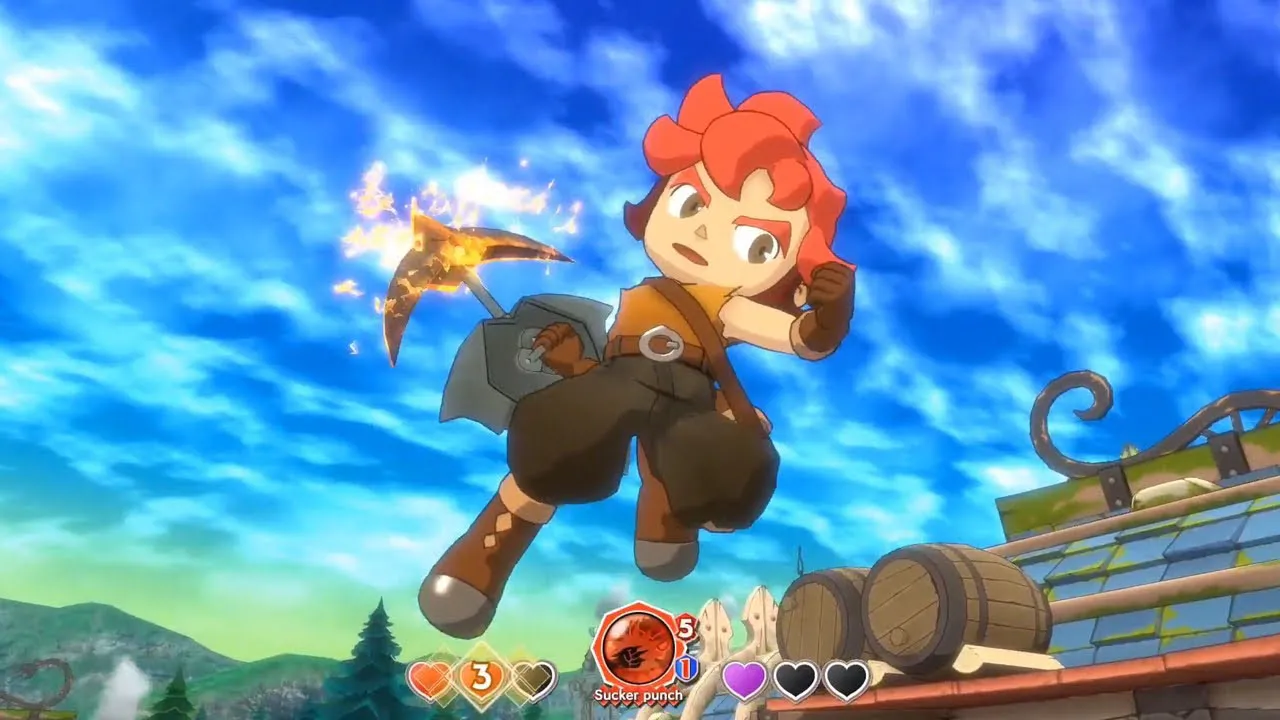 Screenshot showcasing the unique visual style of Little Town Hero
Screenshot showcasing the unique visual style of Little Town Hero
The game employs a charming cel-shaded art style, largely eschewing shadows, creating a vibrant, almost 2D-like aesthetic, while retaining the dynamism of 3D models. This stylistic choice allows for a lighter game file size. The simplified character designs and environments complement this style, avoiding excessive detail while remaining visually engaging. The color palette, though using primary colors, maintains a pleasing harmony. While the NPCs boast unique and expressive designs, the protagonist appears somewhat less visually distinct. The monsters, though limited in number, are generally impressive “boss” types, receiving considerable artistic attention.
A Slow and Repetitive Pace
Despite its innovative and strategically deep combat system, Little Town Hero suffers from pacing issues. The animations before, during, and after battles are slow and repetitive, detracting from the experience. While a slow pace is acceptable in pure TCGs, where strategic thinking and card effects take precedence, Little Town Hero’s adherence to traditional J-RPG conventions clashes with this sluggishness.
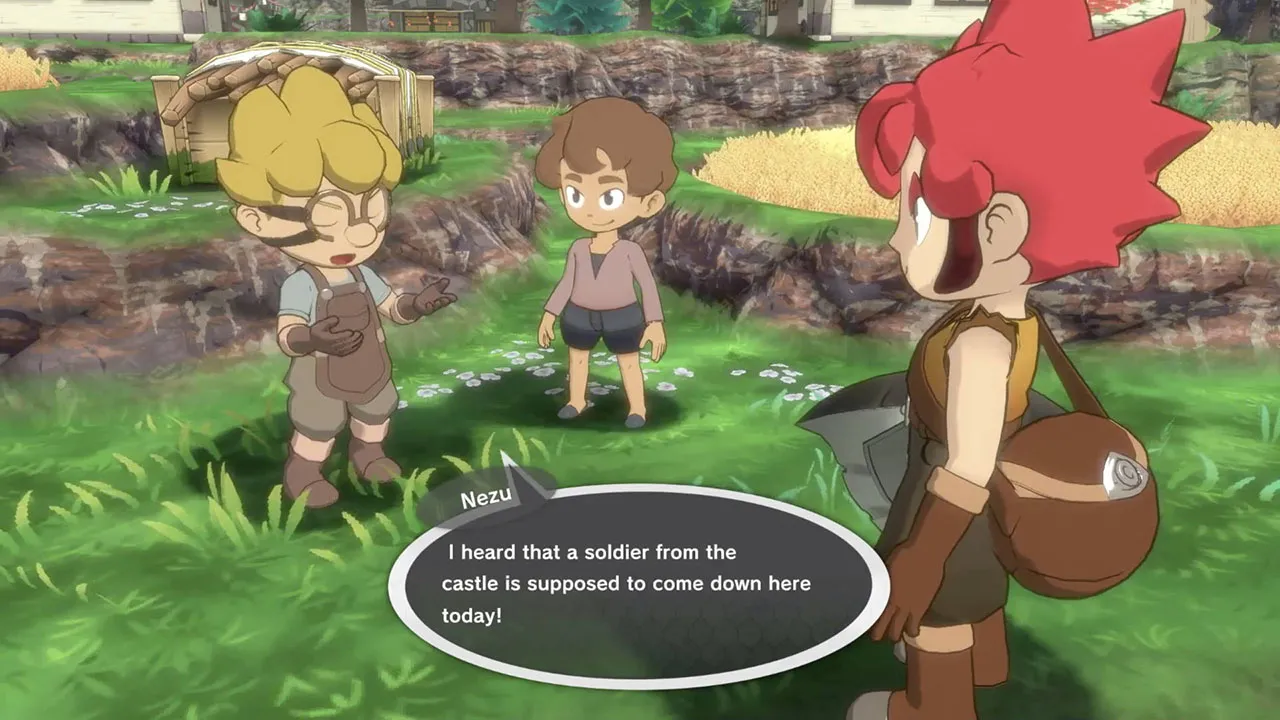 Combat in Little Town Hero
Combat in Little Town Hero
Battles are lengthy, ranging from 8 to 15 turns, lasting 10 to 30 minutes. This length wouldn’t be problematic if players could skip unnecessary animations. However, this option is absent, forcing players to watch repetitive monster animations. Furthermore, while classified as an RPG, Little Town Hero lacks traditional character progression. There are no levels, equipment, or skill systems. Progression is limited to expanding the “Idea” pool, which functions like a deck of cards, introducing an element of chance. Consequently, gameplay remains largely unchanged throughout, regardless of the player’s progress.
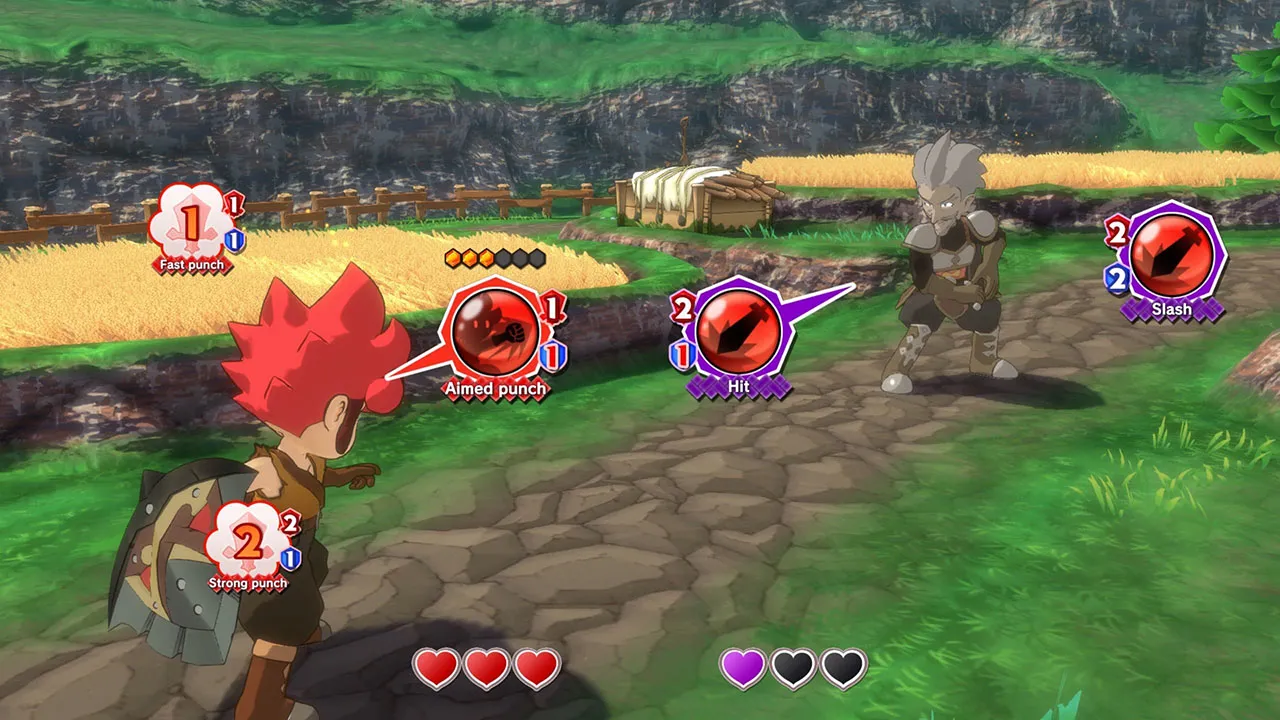 The character interacts with an NPC in Little Town Hero
The character interacts with an NPC in Little Town Hero
Conclusion
Little Town Hero offers a refreshing take on the RPG genre with its unique combat system and charming art style. While the slow pace and lack of traditional character progression might deter some players, its innovative approach and engaging narrative make it a worthwhile experience for those seeking something different.
Information
- Developer: Game Freak
- Publisher: Nintendo
- Genre: Puzzle
- Release Date: October 16, 2019
- Platform: Switch





Comments (0)